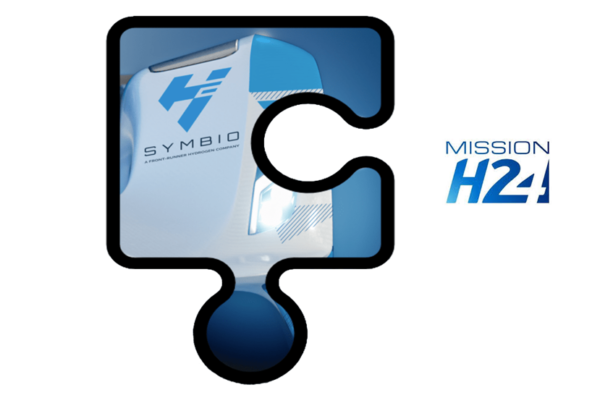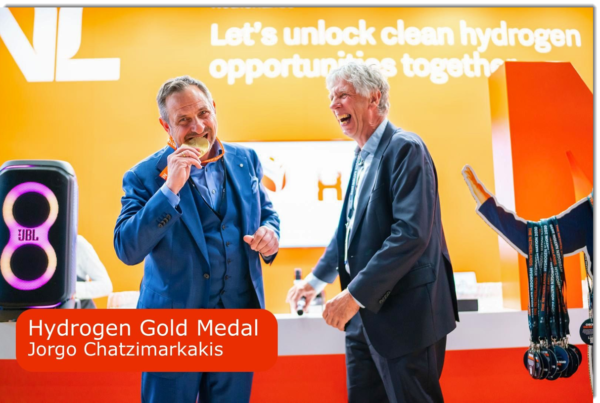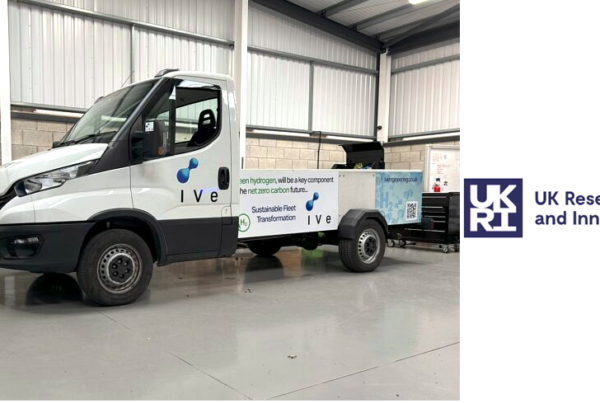
ISRO’s fuel cell launched with the XPoSat mission to test electricity sources for the Bhartiya Space Station, manned deep space mission. This fuel cell power system ( FCPS ) was developed by Vikram Sarabhai Space Centre (VSSC) a research and development wing of ISRO. This new fuel cell represents an exciting breakthrough in creating a clean and powerful energy source for space exploration. It’s a cutting-edge technology that aims to make space missions more sustainable and efficient.
The FCPS was launched on the PSLV Orbital Experimental Module (POEM), which essentially serves as the fourth stage of the Polar Satellite Launch Vehicle, designed for deploying satellites into orbit around the Earth’s poles.
Initially, the X-ray Polarimeter Satellite (XPoSAT) mission was placed in a 650 km orbit, and later, the POEM fourth stage was maneuvered through a series of controlled exercises to lower it to a 350 km orbit. Maintaining this orbital strategy was crucial for ensuring the stability needed for onboard experiments, including the FCPS.
ISRO’s Fuel Cell
ISRO successfully experimented with a fuel cell in space for the first time. This fuel cell power system (FCPS) generates electricity from oxygen and hydrogen stored at high pressure, passing through the fuel cell assembly. Then, a chemical reaction starts, producing electricity and water as by-products. The water produced by the FCPS is pure and suitable for drinking.
VSSC tested a 100-watt FCPS successfully, but VSSC wanted to observe its performance in weightless conditions, radiation environments, and extreme temperatures. The entire system was functioning well. Now, there are plans to create a 100-kilowatt FCPS for future missions.
The International Space Station (ISS) is powered by a combination of fuel cells and solar cells. This ISRO’s Fuel Cell technology is not new, Additionally, ISRO has successfully demonstrated silicon-based high-energy cells developed by VSSC. These cells use lithium-ion technology with silicon graphite material. These cells have increased energy density, making them more compact and lightweight.
SOURCE: Indian Space & Technology.
Read the most up to date Fuel Cell and Hydrogen Industry news at FuelCellsWorks




